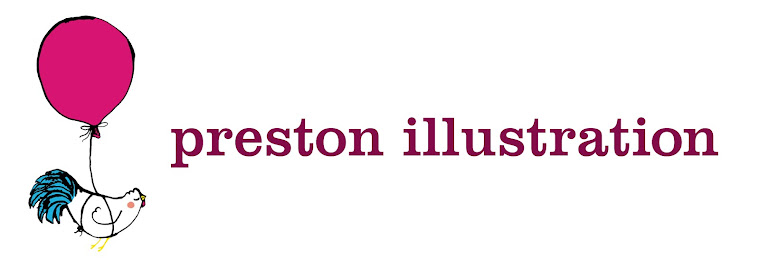Heavy snow over the seven hills of Sheffield in December caused the originally scheduled Working Drawings Conference at Sheffield Hallam to be cancelled but the re-convened conference last Thursday proved to be excellent. Lee Ford who selected and organised the conference and accompanying show did a great job here.
The speakers were Roderick Mills, Jill Calder, and Stephen Smith (Neasden Control Centre) all of whom proved to be incredibly different but fascinating drawing practitioners. So if we categorise "drawers" as those who draw from pictures, those who draw from life, and those who draw out of their heads/imagination then here we had excellent examples of each "type".

Roderick Mills' work was loaded with childhood references to action man and airfix kits of HMS Hood, and his drawings with everyday drawing tools; biros, fine liners, felt tips etc. were entirely in keeping with his subject matter. He asserted that his drawing subjects had not altered much since childhood, and his choice of content mainly and to an extent the sensibility of incomplete "traced" (?) drawings reinforced this impression. It took me back in some ways to how I started drawing; tracing as a very young child on greaseproof paper from the kitchen. Roderick produces fragmentary drawings from found images, and from film stills, that were used to emotive effect in his animation produced with Rosie Pedler for the Wellcome Foundation that looked at the Hollywood depiction of cancer in film and created an animated short that was remarkably moving using movie cliches and yet completely avoiding cancer cliches. It drew a round of applause from the audience (no pun intended).
 Jill Calder's analysis of her working drawing, seemed to be in direct contradiction to the intuitive nature of her drawing practice. She draws and draws it seems. In sketchbooks mainly and with a variety of implements. She has subsumed digital drawing into her repertoire of mark making to such an extent that at the moment it is difficult to see where the computer takes over? Her drawing appears to be as natural as talking or writing. And I think there is the target, see the computer as just another way of making a mark and you come to realise that the computer cannot do anything "for you" - it is just an extension of your head/brain. Jill is an observer, essentially, of people going about their daily existence and she does this very well. I wish she had drawn live at the event because I have seen her do this and though nerve racking she is great at it, and commentating over it.
Jill Calder's analysis of her working drawing, seemed to be in direct contradiction to the intuitive nature of her drawing practice. She draws and draws it seems. In sketchbooks mainly and with a variety of implements. She has subsumed digital drawing into her repertoire of mark making to such an extent that at the moment it is difficult to see where the computer takes over? Her drawing appears to be as natural as talking or writing. And I think there is the target, see the computer as just another way of making a mark and you come to realise that the computer cannot do anything "for you" - it is just an extension of your head/brain. Jill is an observer, essentially, of people going about their daily existence and she does this very well. I wish she had drawn live at the event because I have seen her do this and though nerve racking she is great at it, and commentating over it. http://www.jillcalder.com/
Stephen Smith is better known as the founder of Neasden Control Centre and he began his talk with a short piece of experimental film that was reminiscent of early Len Lye experimental films which I love so he hooked me there. I have no idea from this talk whether Stephen has any truck with "traditional" drawing but he is a prolific artist/ designer whose work infectiously spreads over surfaces. Any surfaces - mirrors, walls, paper, board, it doesn't matter anyone who is brave enough to use them really. It doesn't seem to be that difficult drawing, although he readily admitted that whilst drawing on the mirrors of a "ten thousand pound a night" hotel he shat himself, he still did it and appeared to remain cool under pressure, or is that confident in his visual language, second "handwriting"?
After a short sojourn to the Rutland Arms down the road we were treated to have a look at the
accompanying Exhibition - now closed unfortunately. There was some really interesting work there; Abram Games, Milton Glaser, and Saul Steinberg rubbed shoulders with Dave Hughes, Margaret Huber and many more. I look forward to some sort of publication from the show as it was well worth the visit.
Huge thanks to Lee Ford for a conference with a pint and chips.
All photos courtesy of Ali Graney.


No comments:
Post a Comment